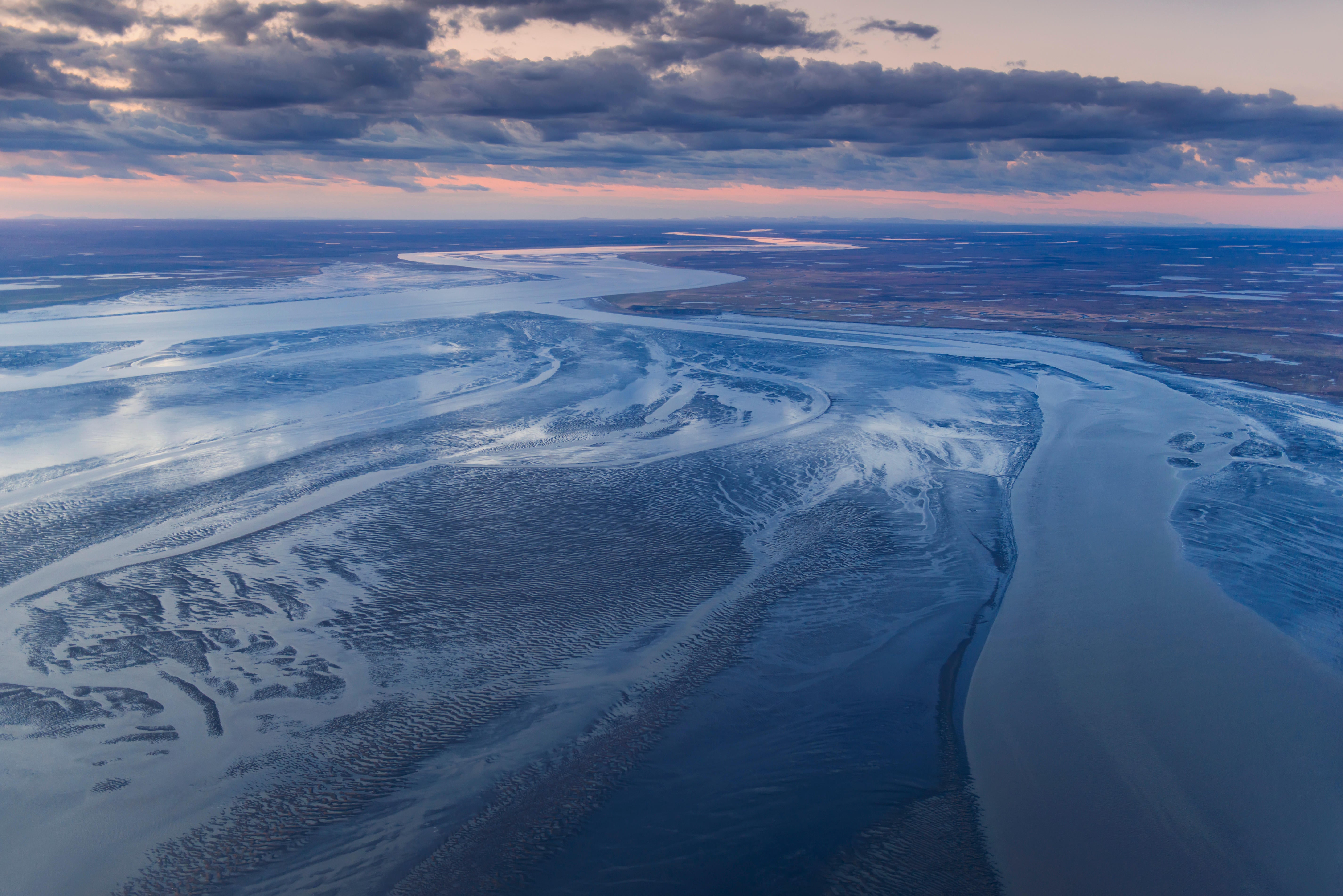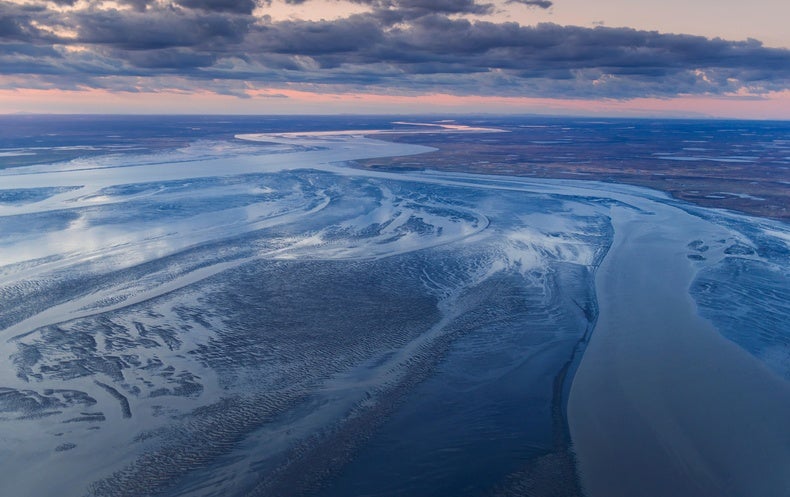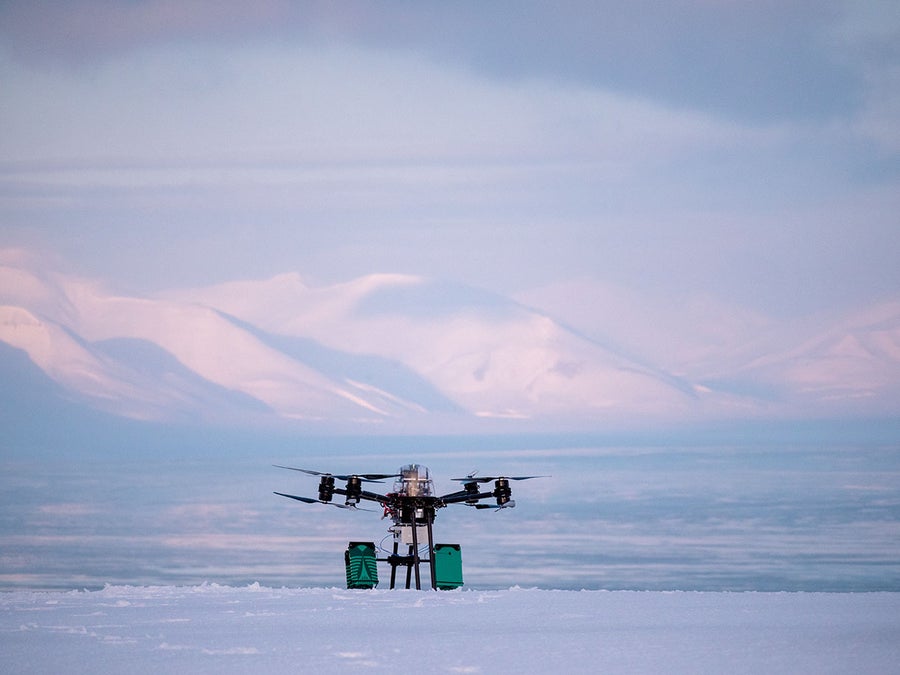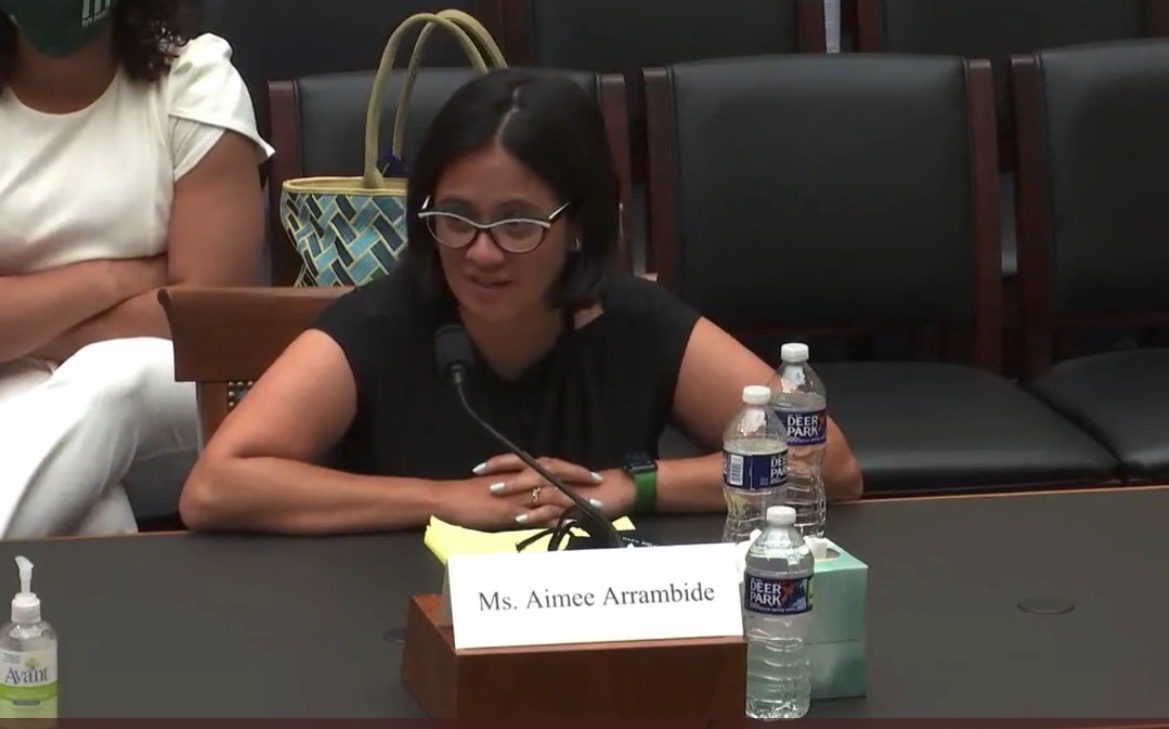
CLIMATEWIRE | The next frontier for renewable energy may be found in underwater currents.
The Department of Energy is looking to tap that resource through its funding of 11 projects designed to harness the power of moving water in rivers and ocean tidal currents.
The long-term goal is to have sources of renewable energy that can operate 24 hours a day, seven days a week, said Mario Garcia-Sanz, the program’s director.
“That puts this technology in a very good position with other renewables,” he said in an interview.
One reason, he explained, is the constraints on other forms of clean energy. The unavailability of solar power happens nightly. Wind power is irregular and can be destructive in storms. But the movement of underwater currents is relatively steady, dependable and predictable.
Using running water for energy isn’t a new concept. But hydroelectric dams come with a huge cost and environmental impact. So the latest generation of scientists and engineers is trying to advance the concept without as many of the drawbacks.
Still, the design and control of underwater turbines needed to convert energy into electricity is in the experimental stage. Cost, for one, is a factor — it remains far too expensive for commercial use. That makes it a prime candidate for DOE’s Advanced Research Projects Agency-Energy (ARPA-E), whose mission is “changing what’s possible” by taking risks.
In this case it’s a $38 million bundle of grants made by ARPA-E in November 2020 to 11 projects put together by a group of companies, universities and nonprofits. The projects are collectively known by the acronym SHARKS — which stands for Submarine Hydrokinetic And Riverine Kilo-megawatt Systems.
SHARKS is helping put machines in the water with names such as “Manta” and the “Tidal Power Tug.”
As designed, the Tidal Power Tug starts with a machine topped by a white tubular buoy that juts out of the water. It is moored to the seabed, but a pylon hanging beneath it holds a turbine run by what looks like a large airplane propeller. It is turned by the current, and the spinning powers a generator. It sends the electricity it makes to a shore-based power grid.
One goal of the Tidal Power Tug is to capture energy from the Gulf Stream as it flows along the U.S. east coast from Florida to North Carolina. It creates numerous circular currents called gyres. The approach offers the United States “a vast strategic renewable energy resource in close proximity to large population centers,” according to a statement by Aquantis, the inventor of the Tidal Power Tug.
Several other experimental turbines function like kites. One is called the Manta, inspired by the way a manta ray swims. It was developed by SRI International, a nonprofit scientific research institute in Menlo Park, Calif., with help from the University of California, Berkeley.
It has a small generator, moored to the sea bottom, that has a spool of rope attached to a kite-like polymer-coated foam-filled inflated object that spins the spool as the tide pulls it out. The spinning of an attached generator makes electricity, and it can feed power into a connection with a local grid. It also runs a small motor that can redirect the Manta, pull it back in or deflate it in case it encounters a storm or large ship.
Manta is designed to power small, isolated communities near rivers or tidal inlets. “There are terawatts (1 trillion watts) of untapped energy in the world’s oceans, rivers and estuaries waiting to be converted into clean and renewable energy,” SRI’s principal research engineer, Roy Kornbluh, said in a statement.
Michael Lawson, group manager of water power research and development at the National Renewable Energy Laboratory, said it is working with four SHARK projects using a computer model that can help predict the performance of underwater turbines based on data previously obtained from wind turbines.
According to NREL, there is enough potential energy to produce 94 terawatt-hours of energy per year. That is enough electricity to power about 9 million homes. Tidal inlets will produce a good portion of that. They can be channels between the coastline and barrier islands, or splits in the coastline that are large enough for tidal forces to operate in them. Among them are Cook Inlet near Anchorage, Alaska; Puget Sound near Seattle; and similar inlets in northern Maine.
Multiple turbines have the potential to offer “utility-scale resources” to power large communities, he explained. Alternatively, he said, single turbines or small groups of them could deliver power to smaller or more isolated communities.
Small communities, Lawson pointed out, frequently rely on diesel generators, which are often expensive and subsidized by the state or federal government. Supporters say underwater turbines could prove to be both cleaner and cheaper.
So far, Europe has led the development of underwater turbines, but China and other Asian nations also are beginning to develop them, Lawson said.
The biggest challenge for underwater turbines, according to Garcia-Sanz of ARPA-E, will be the same one that faced wind turbines in the 1990s — cost.
The underwater turbines being tested now can produce electricity for about 25 cents per kilowatt-hour in tidal areas. To be competitive, the projects must cut that price to around 4 cents.
“It’s difficult to know at this point who is going to be more successful. We just started this a year ago,” he said. “They all look promising.”
Reprinted from E&E News with permission from POLITICO, LLC. Copyright 2022. E&E News provides essential news for energy and environment professionals.


























































